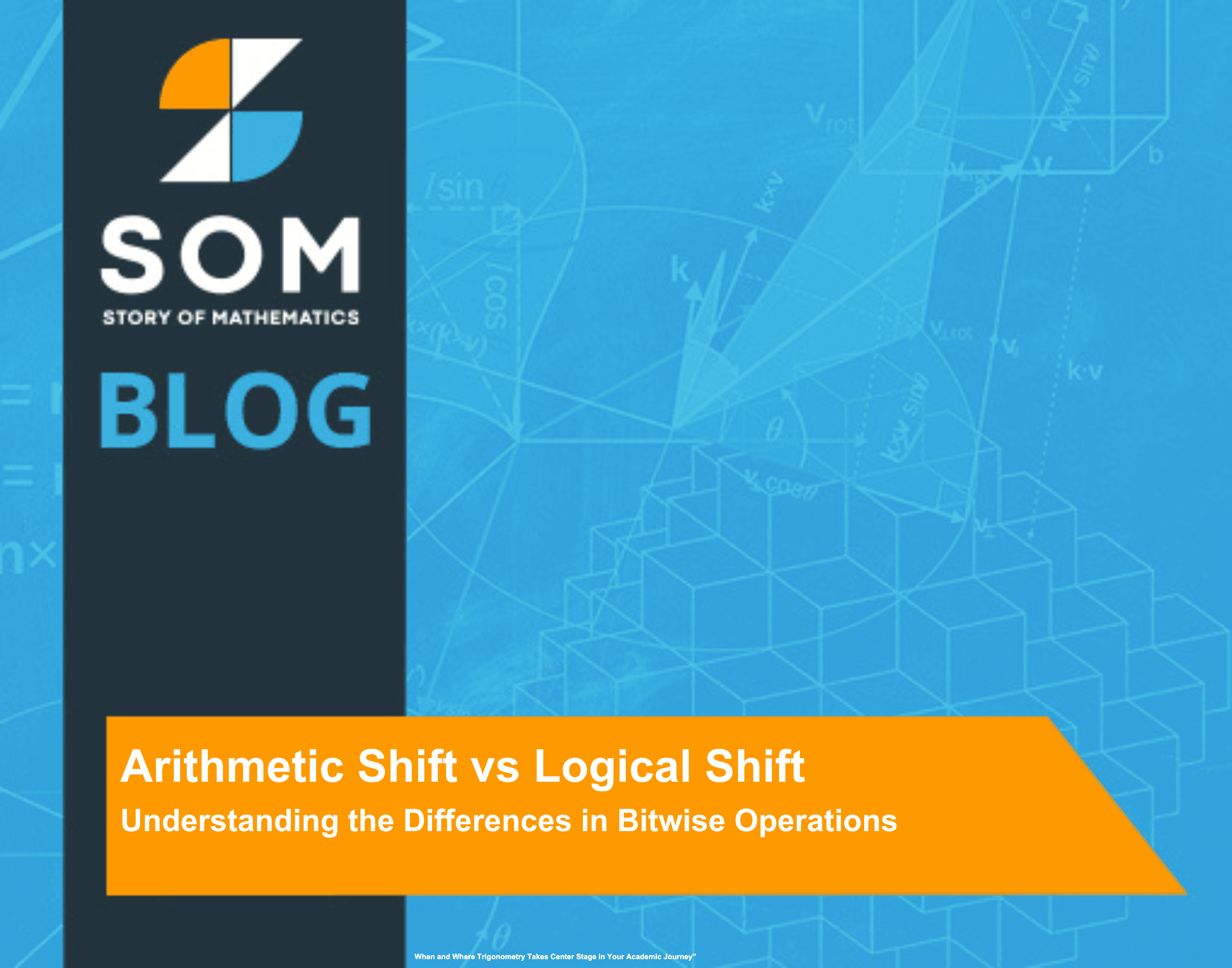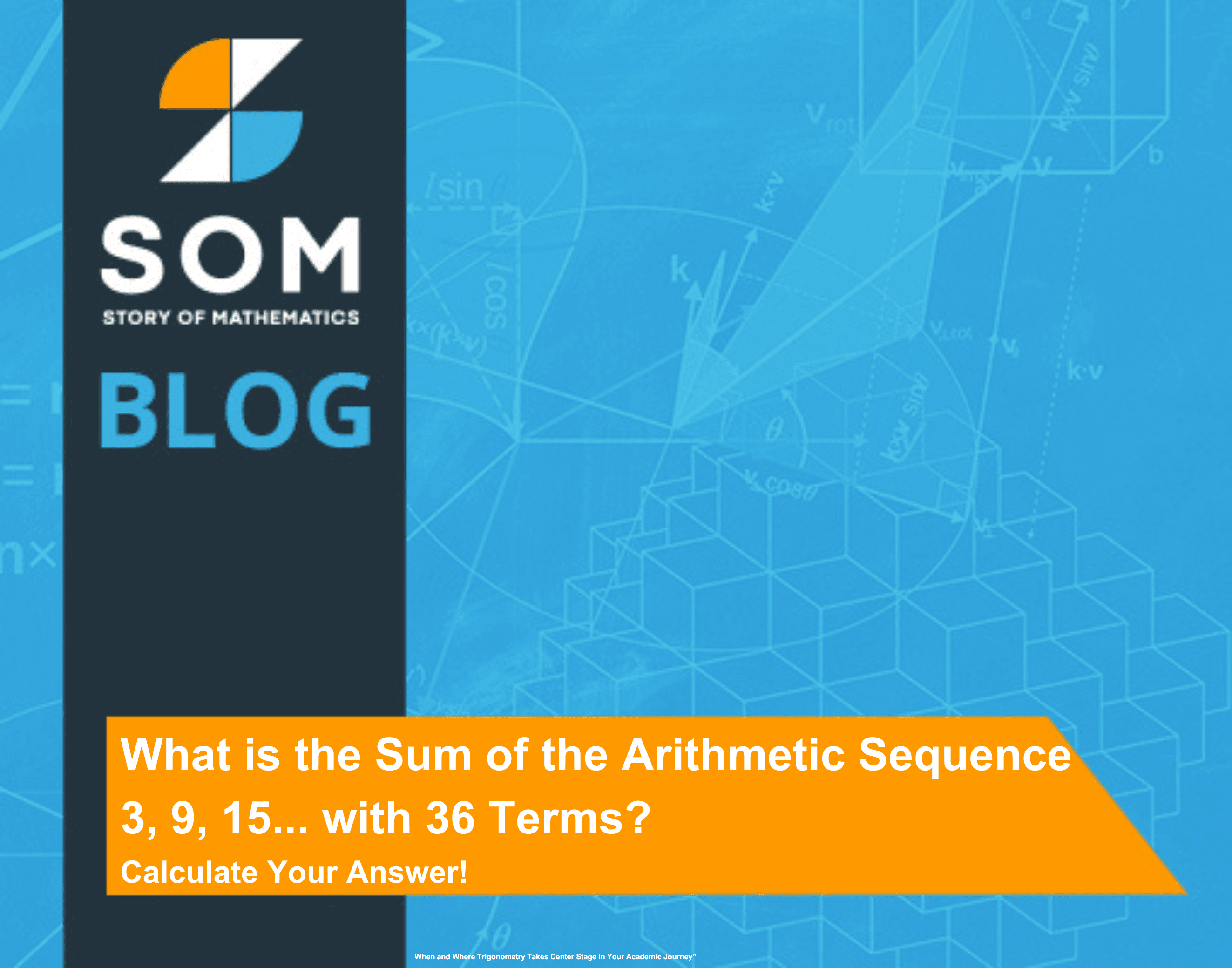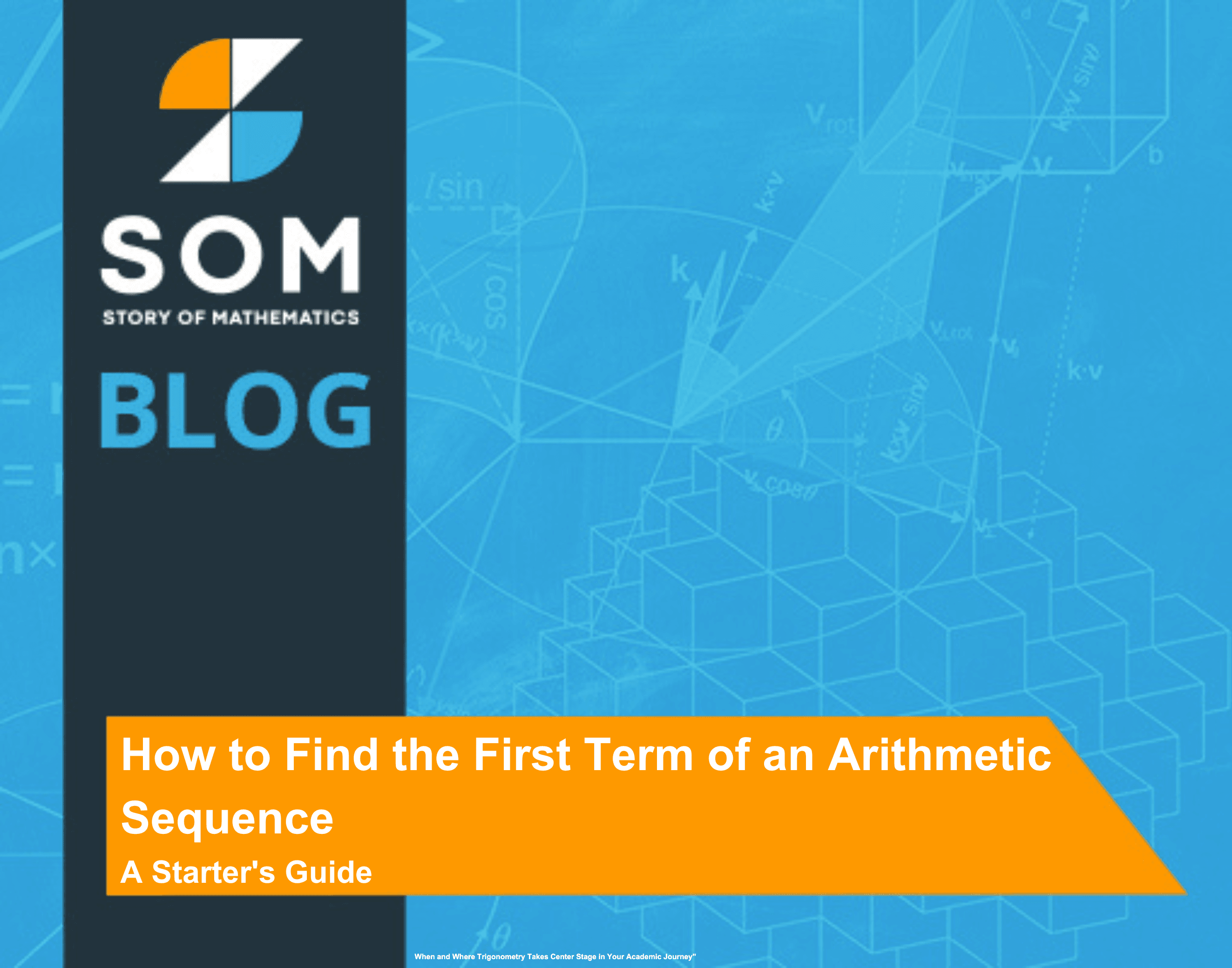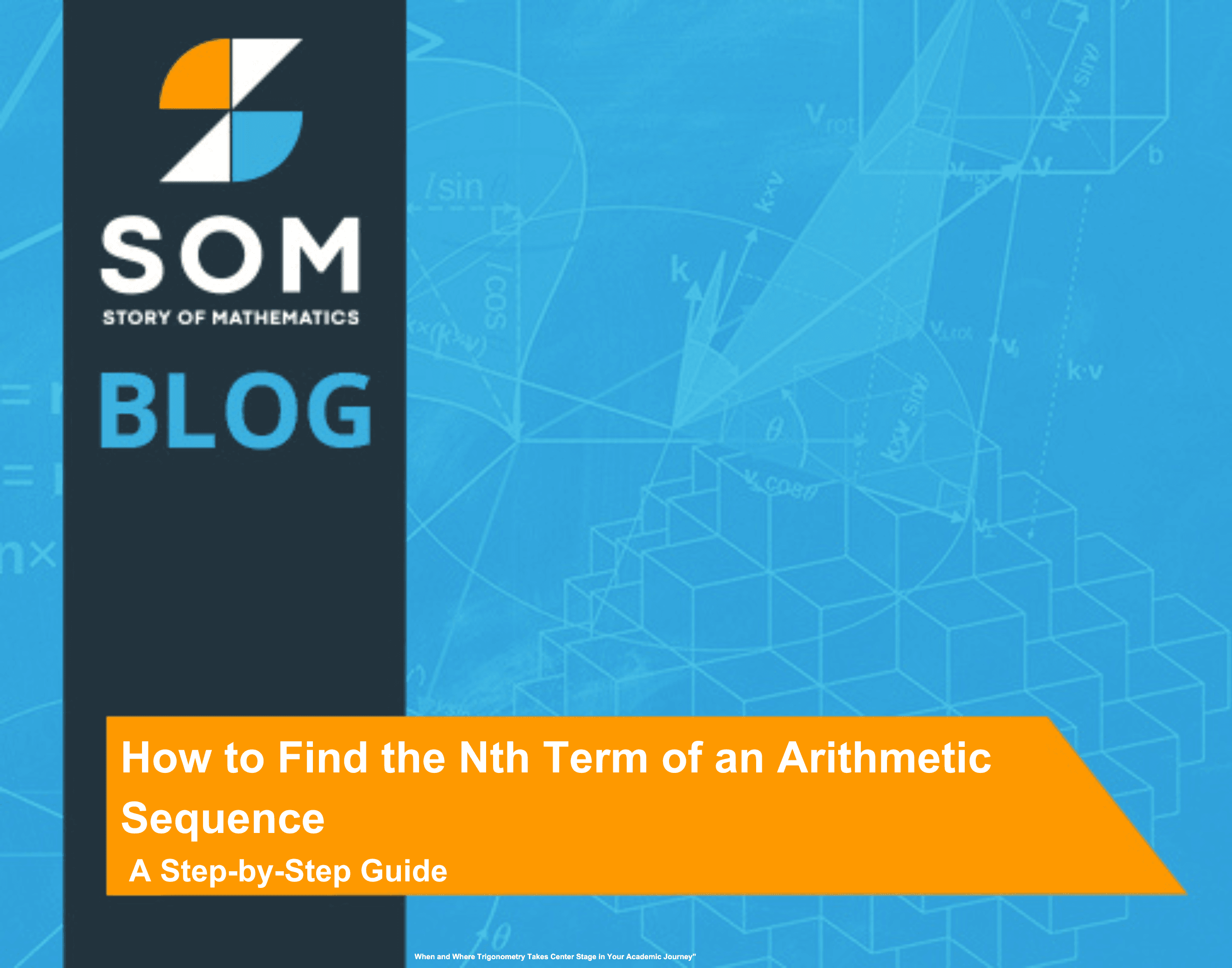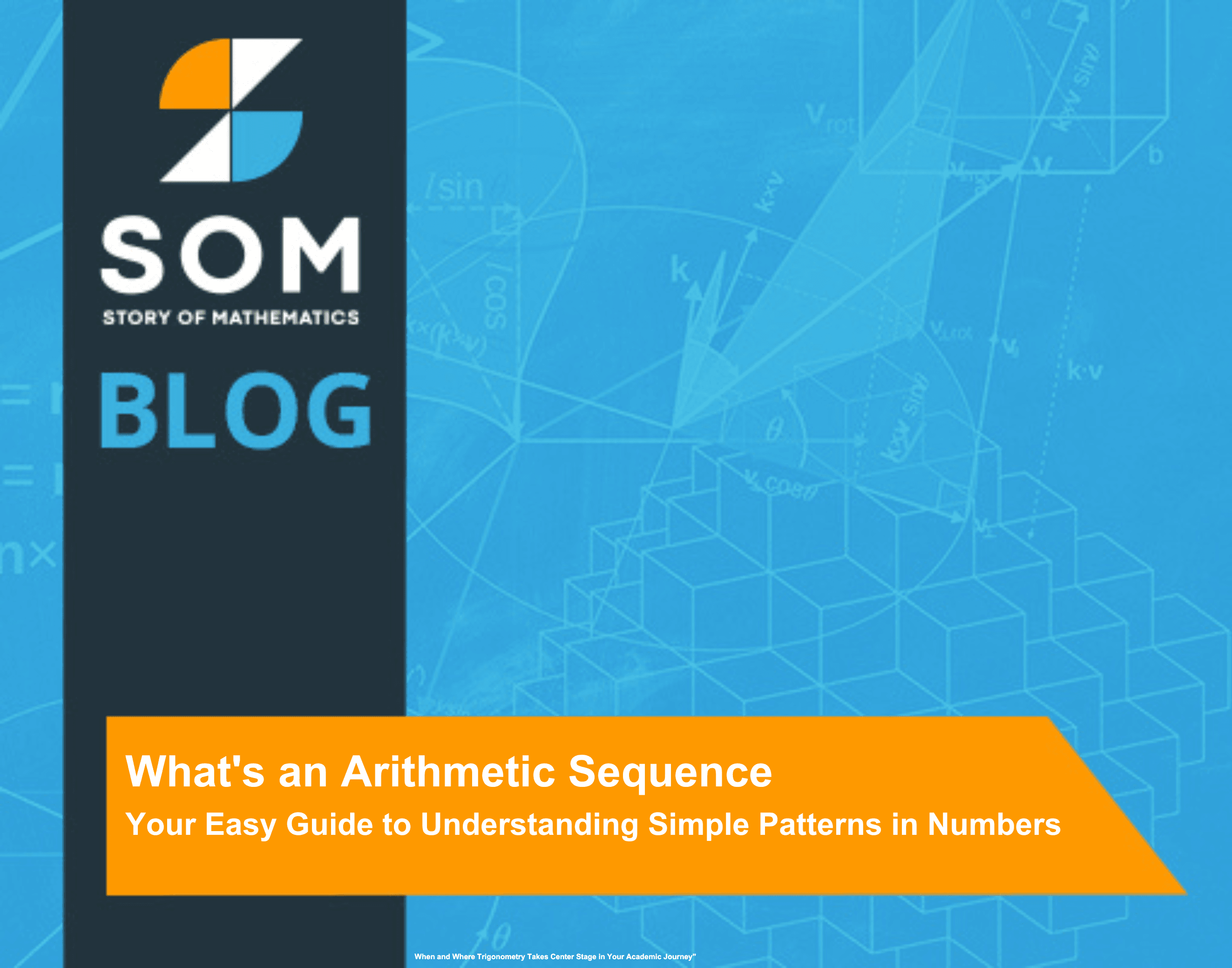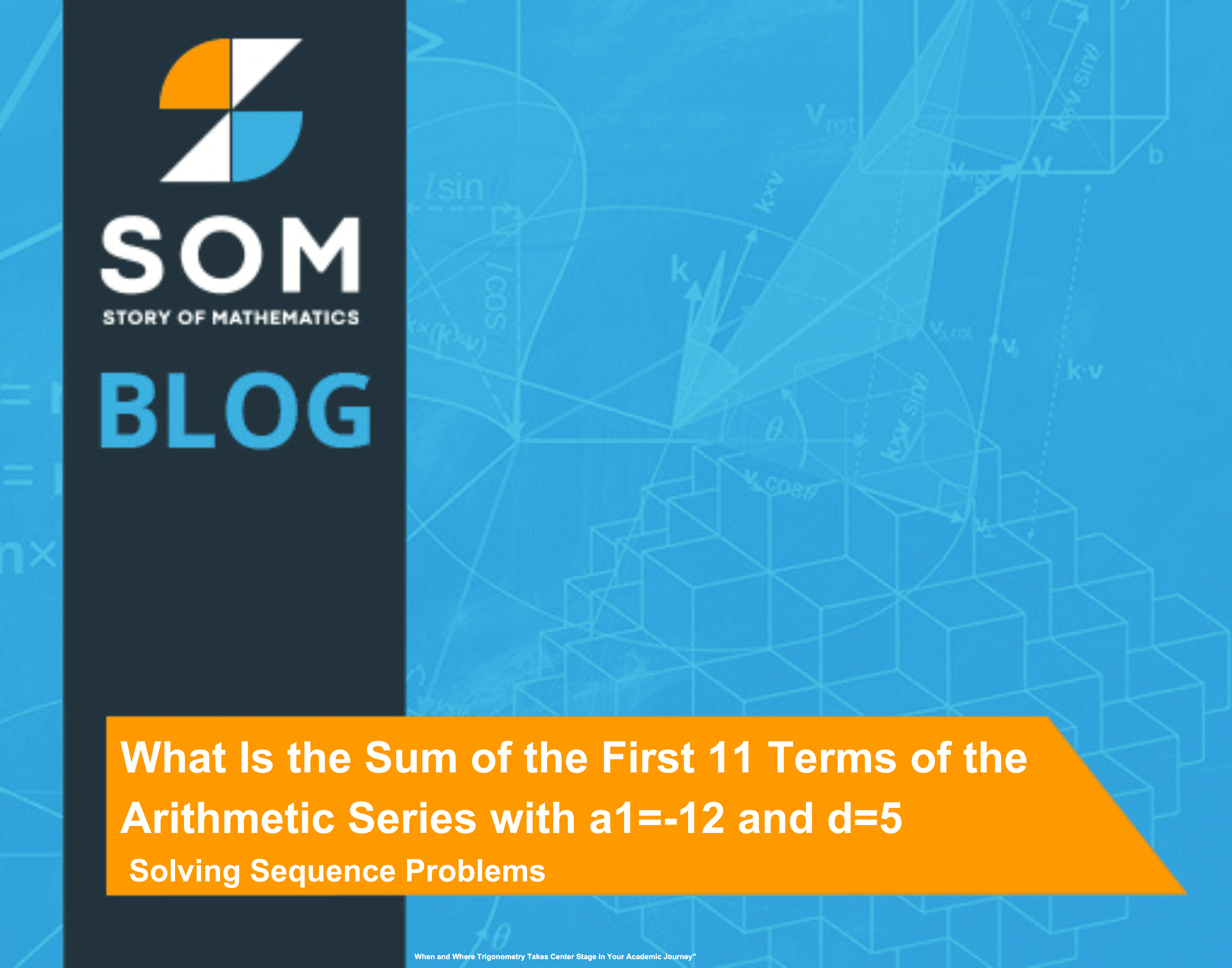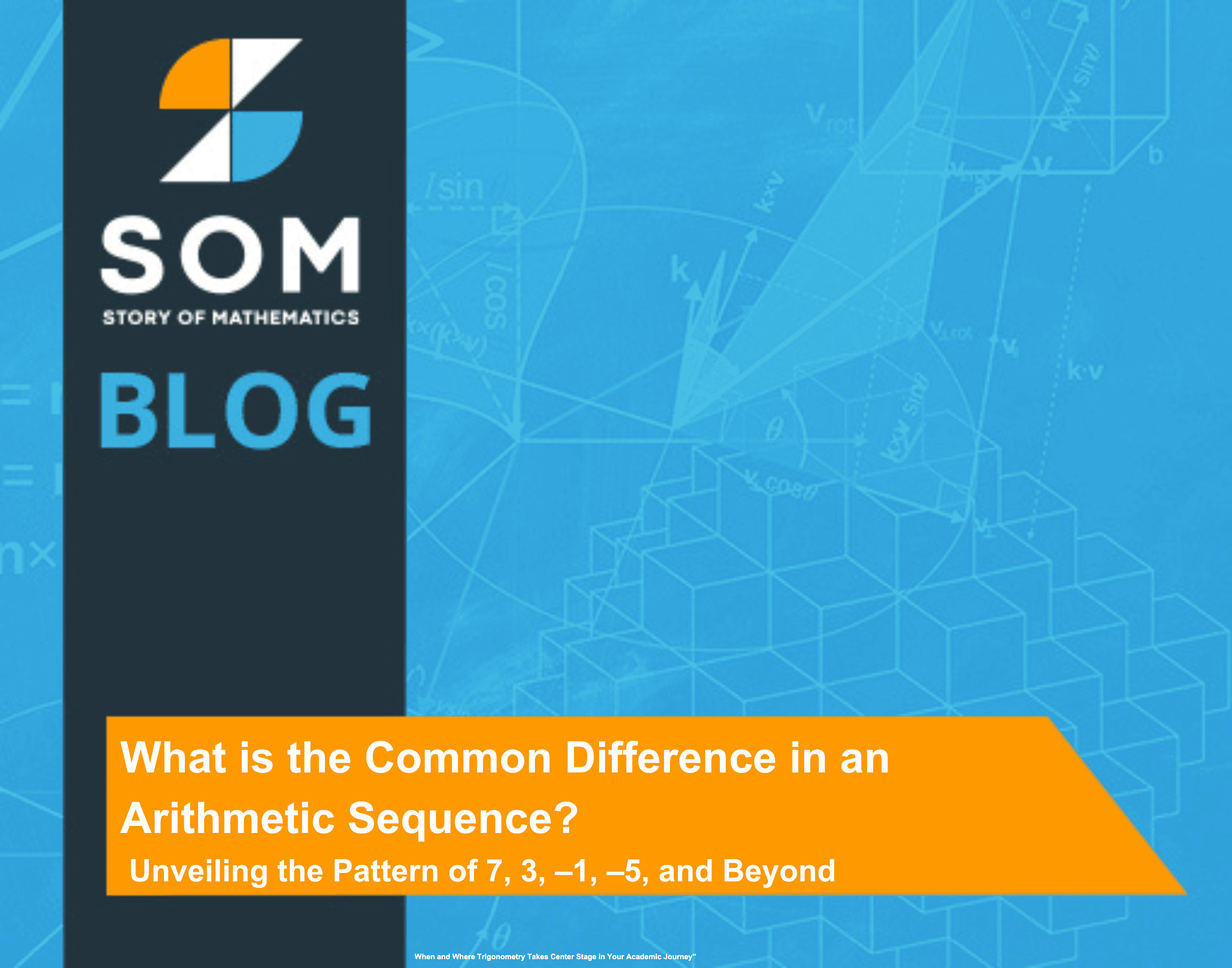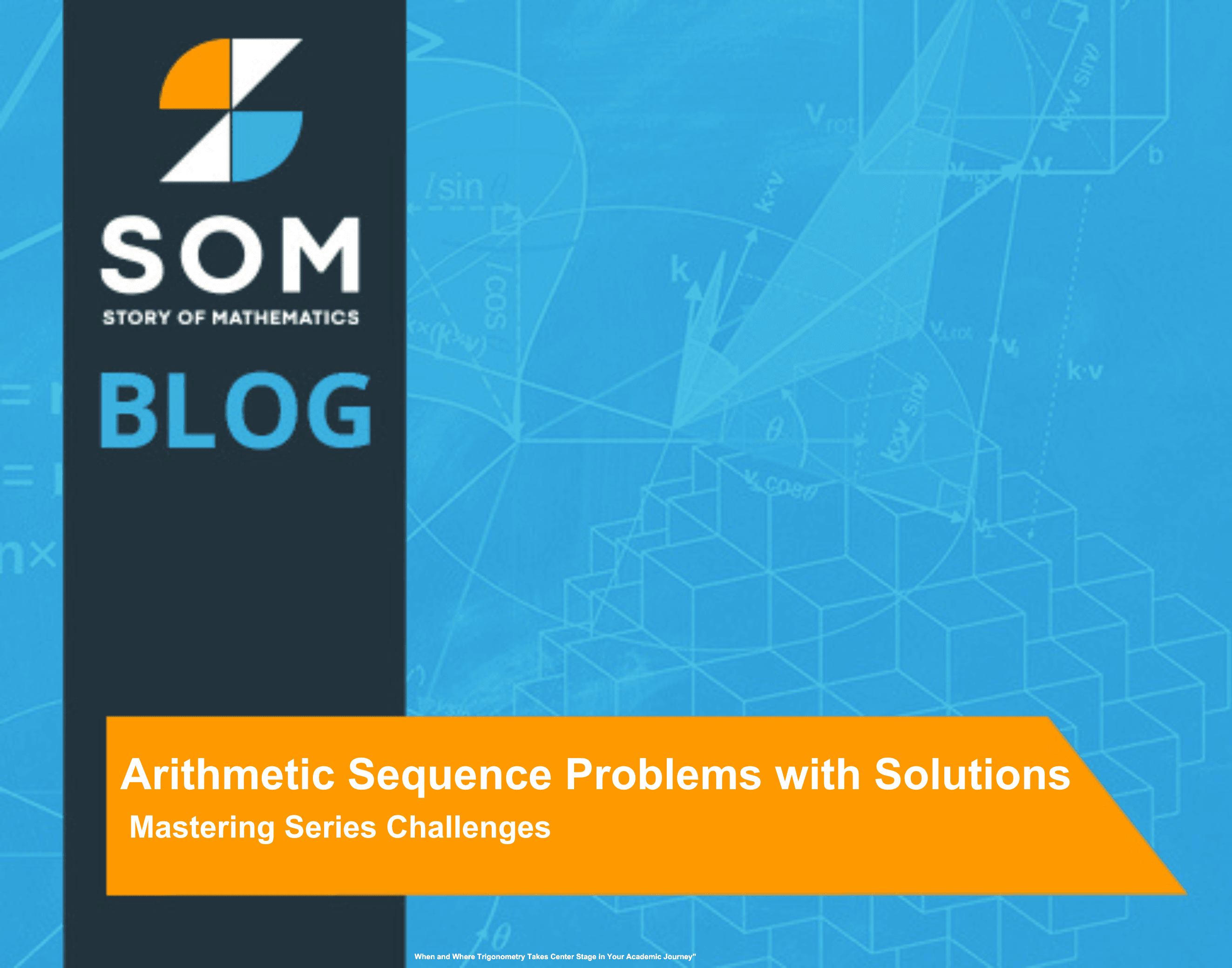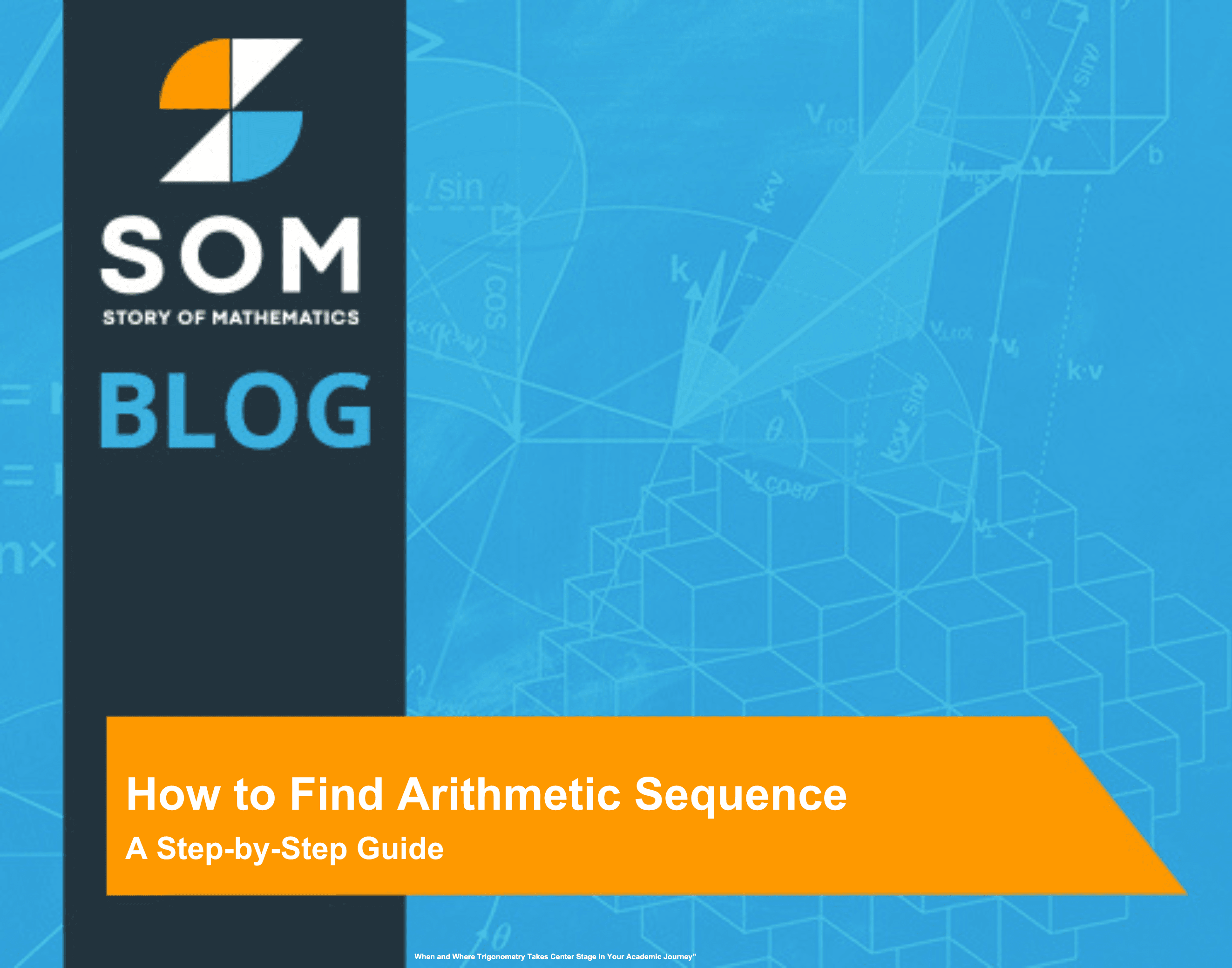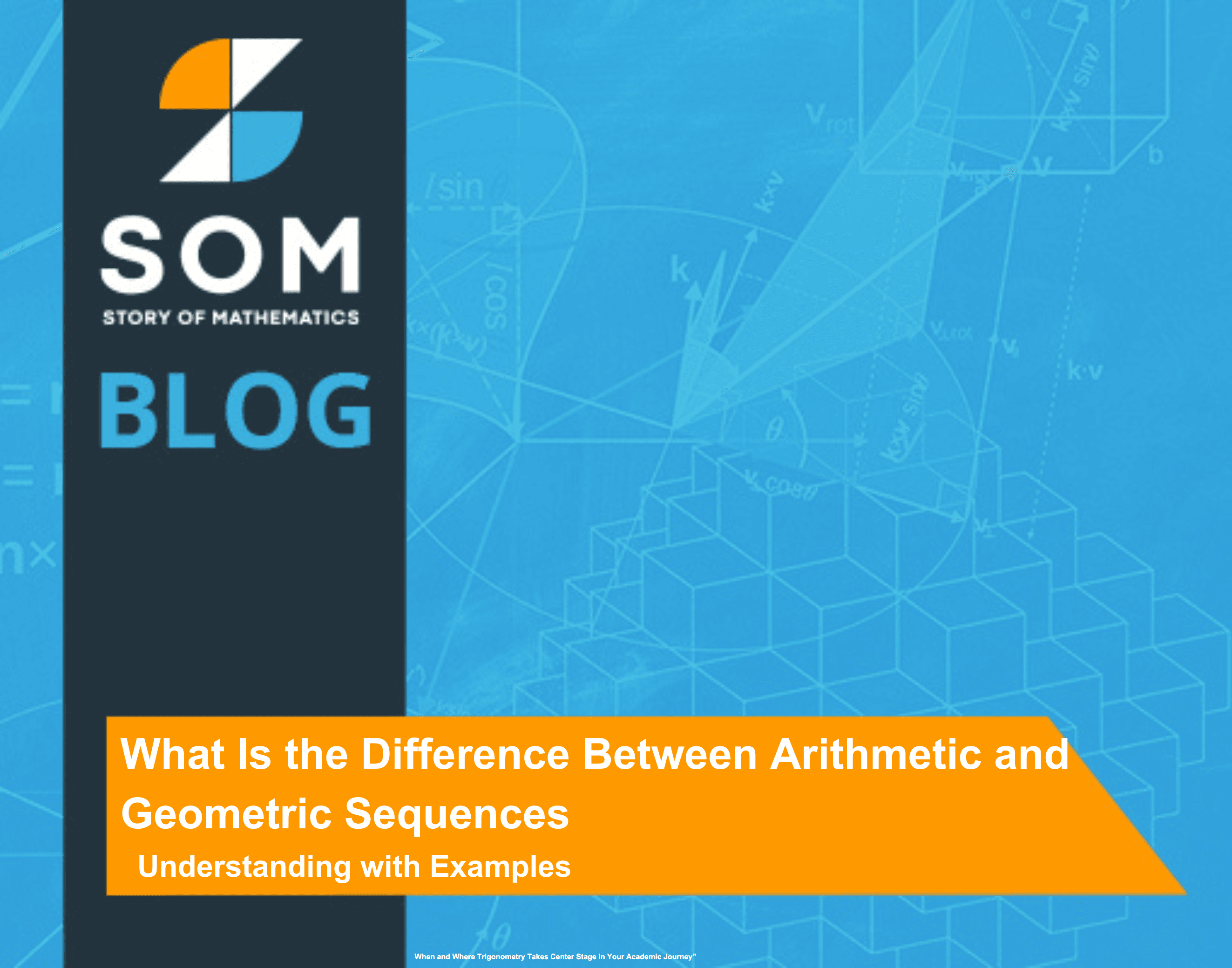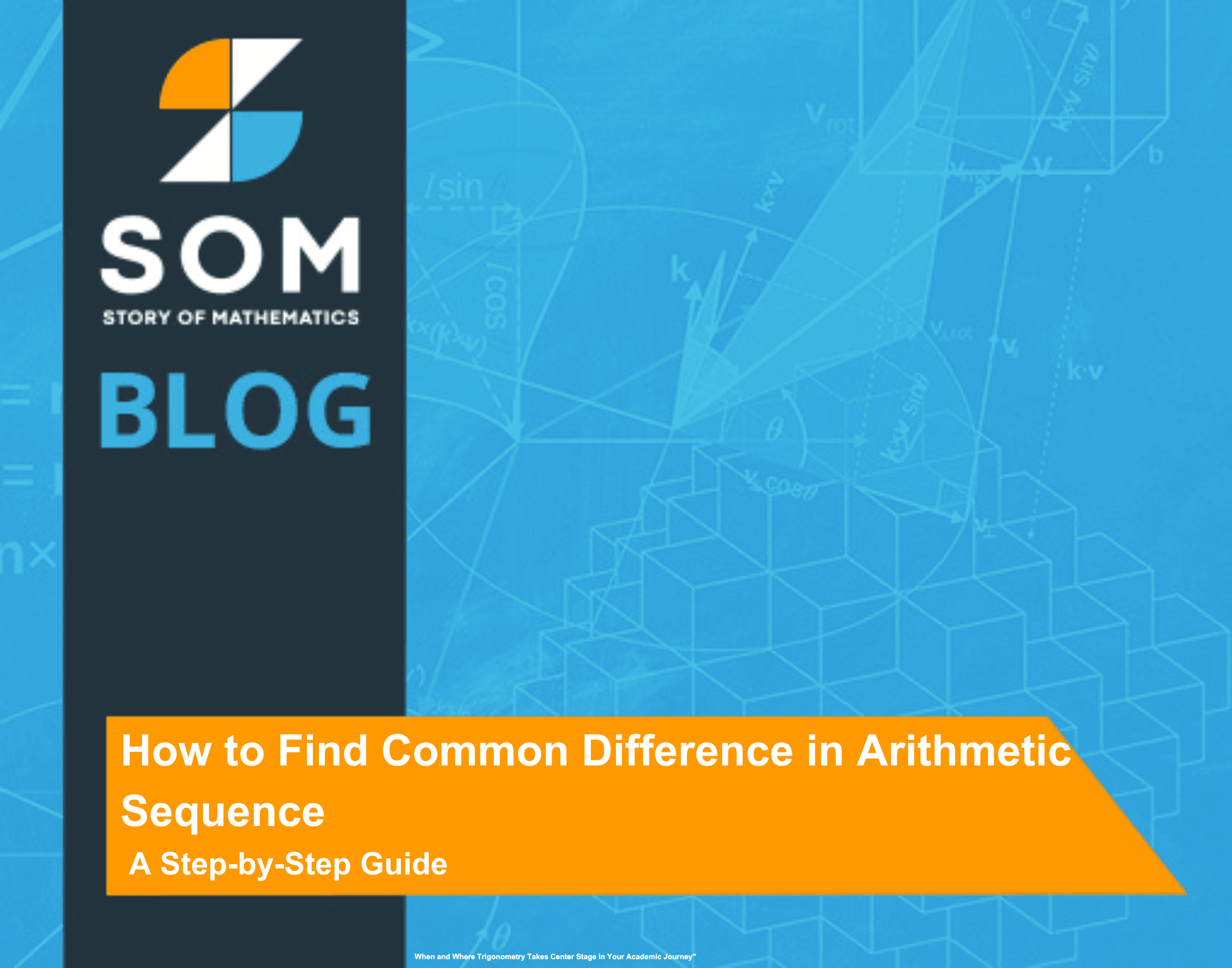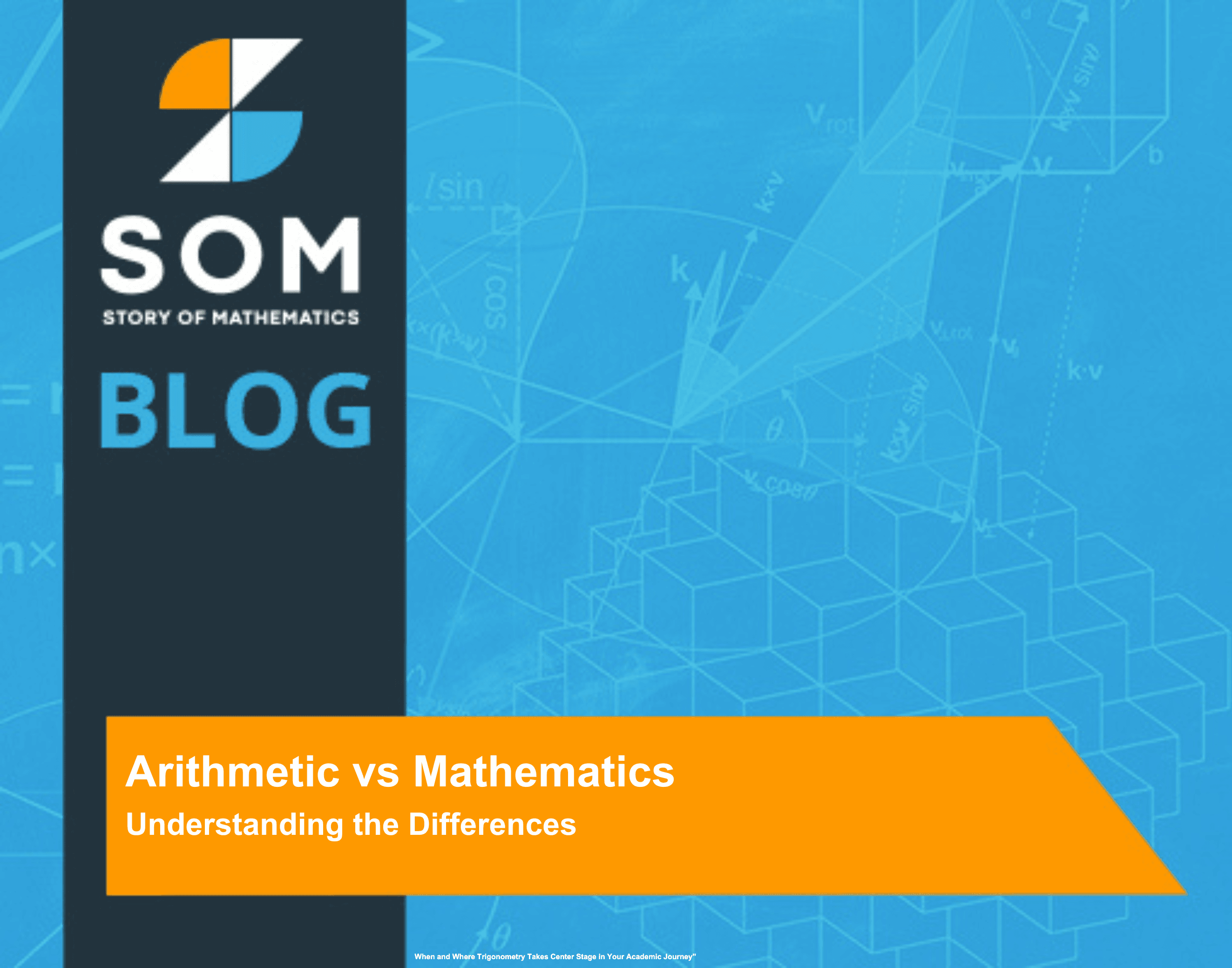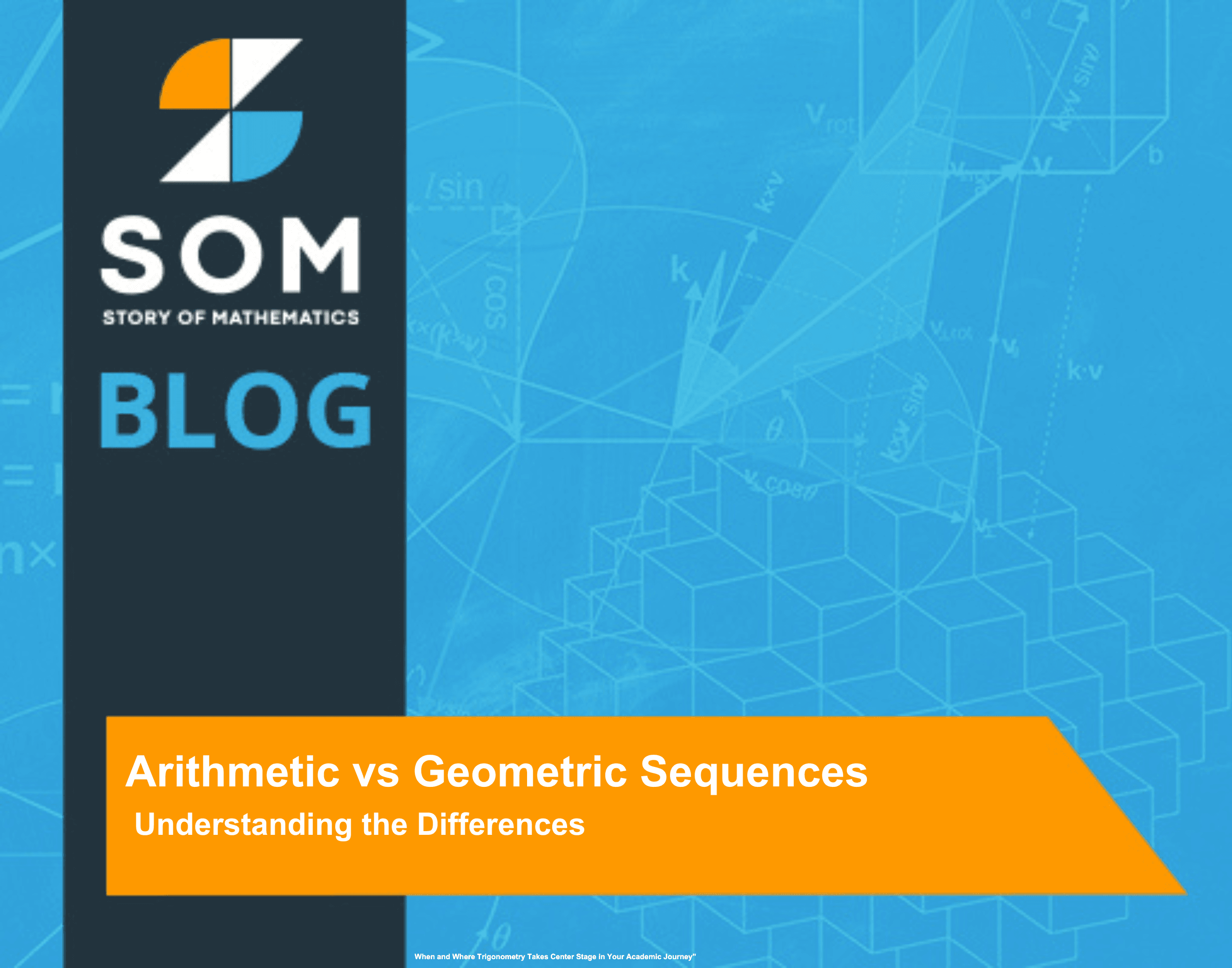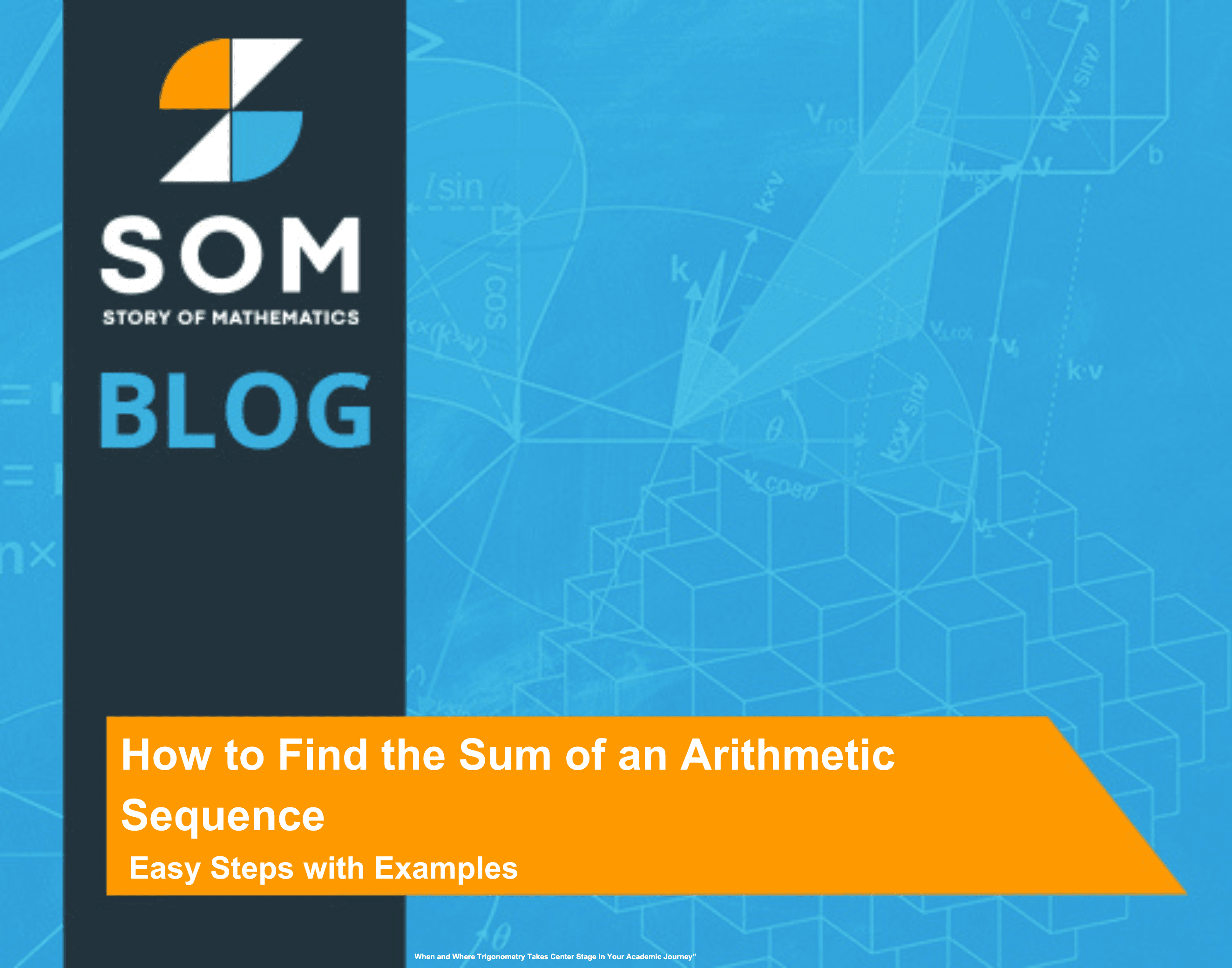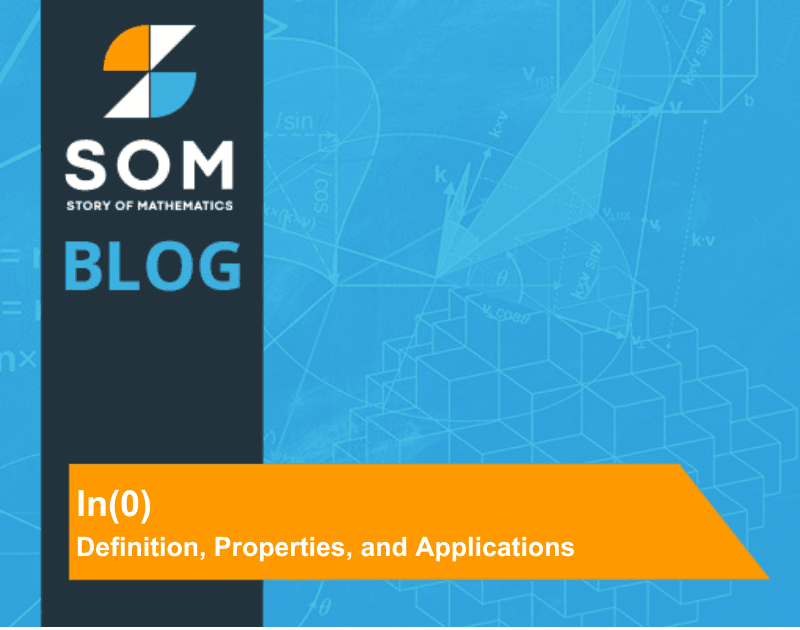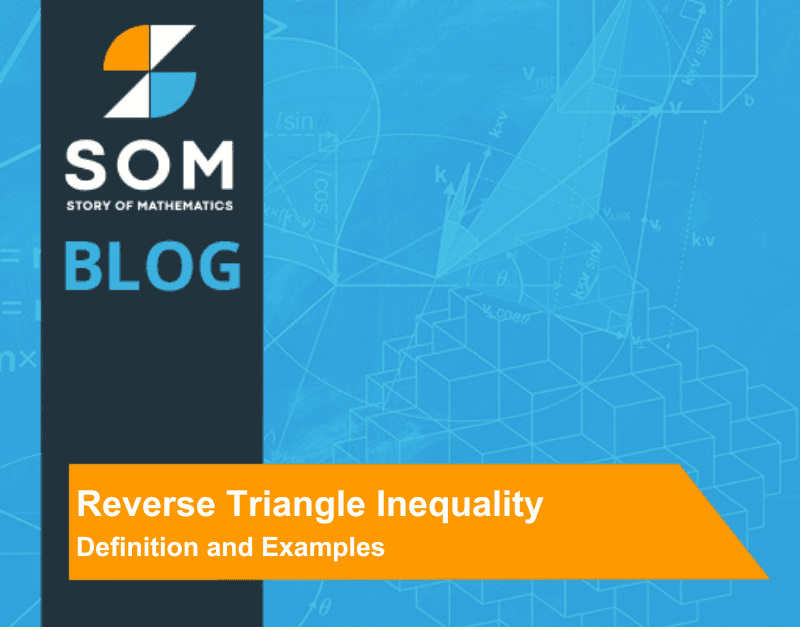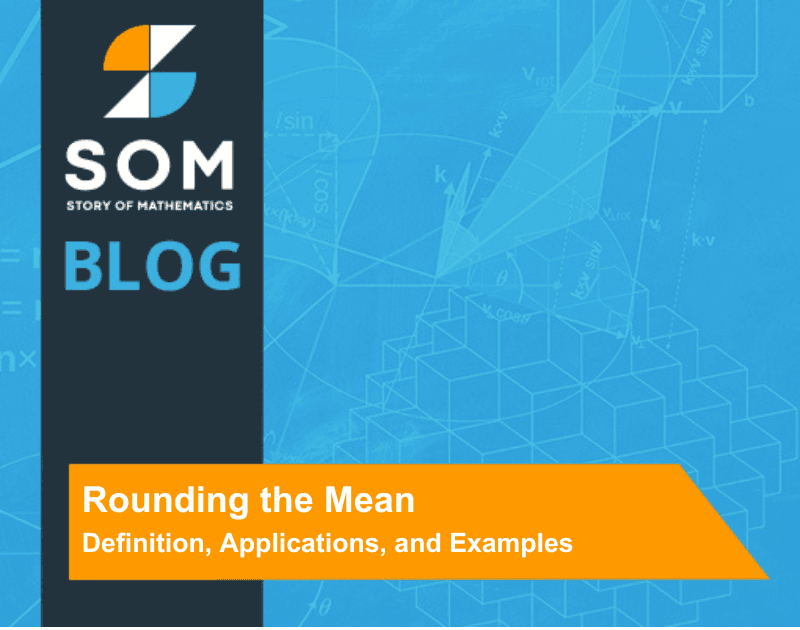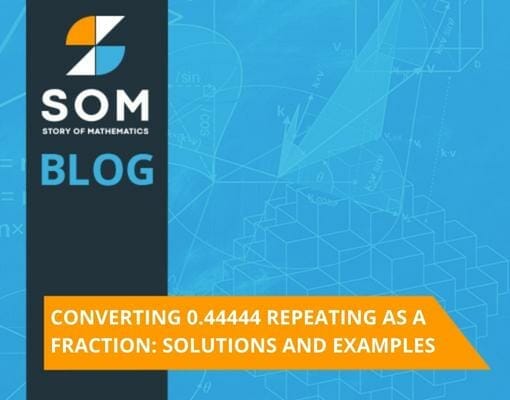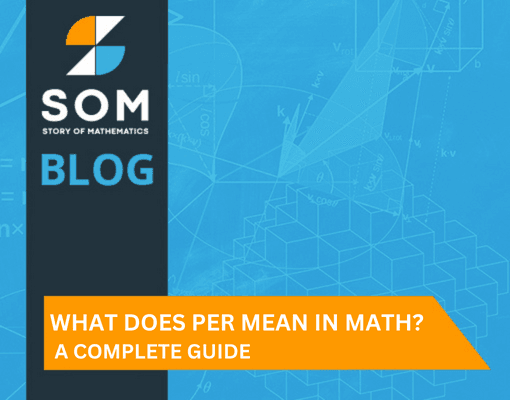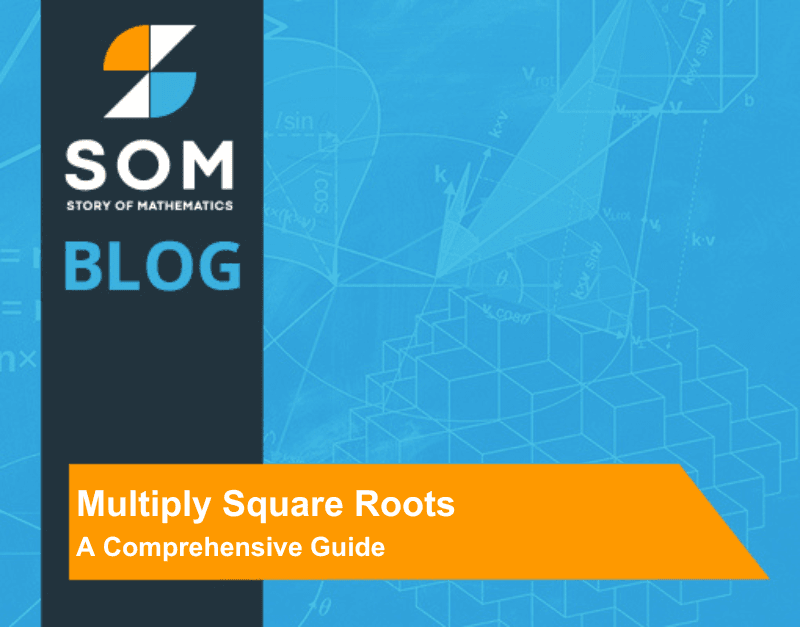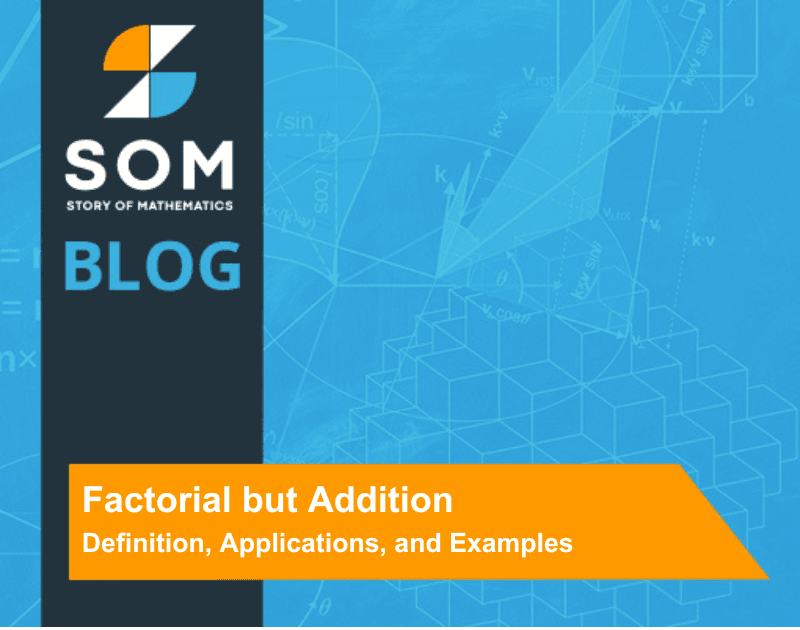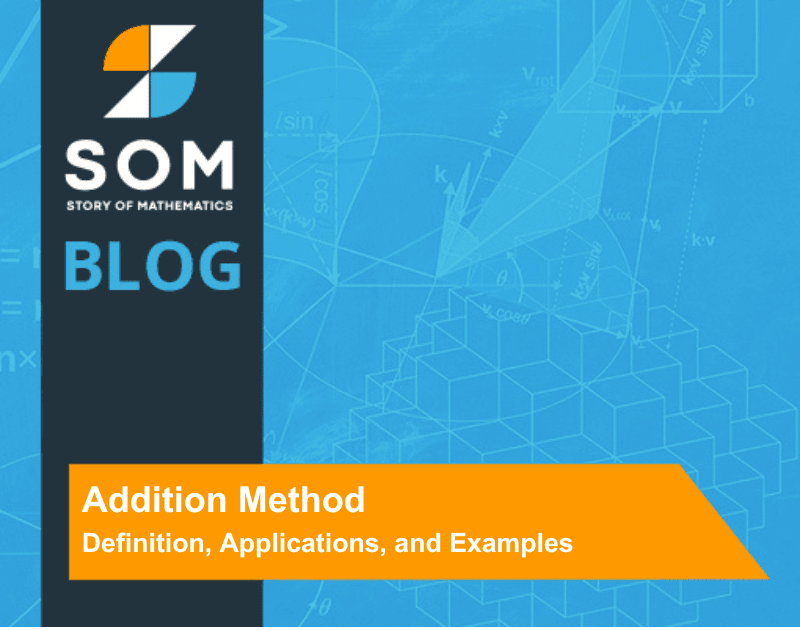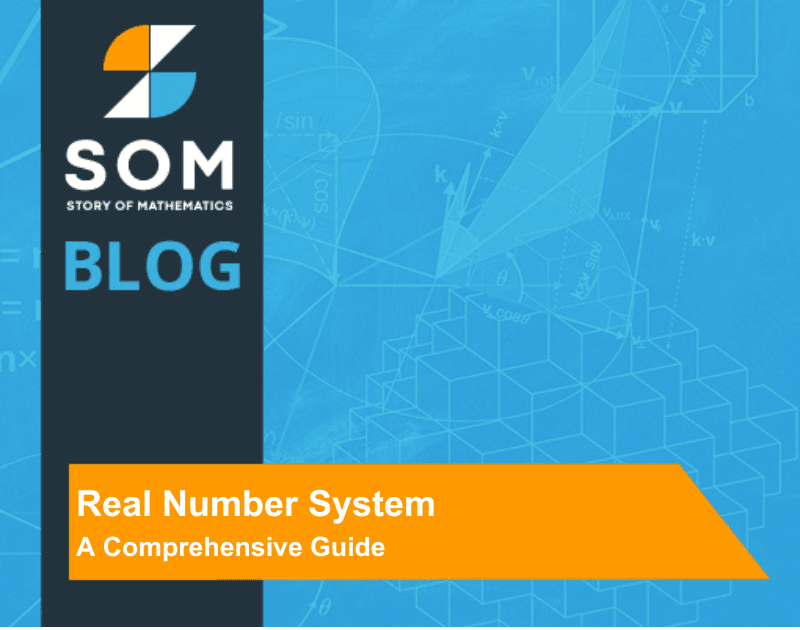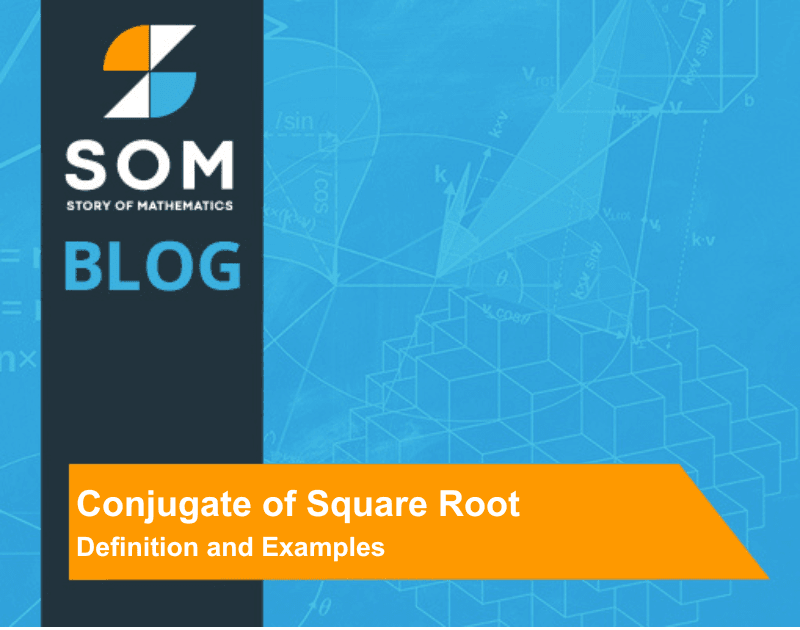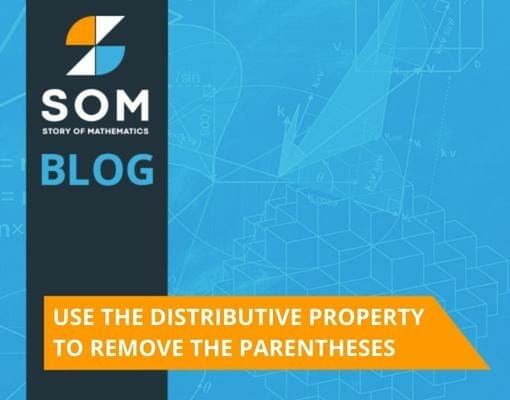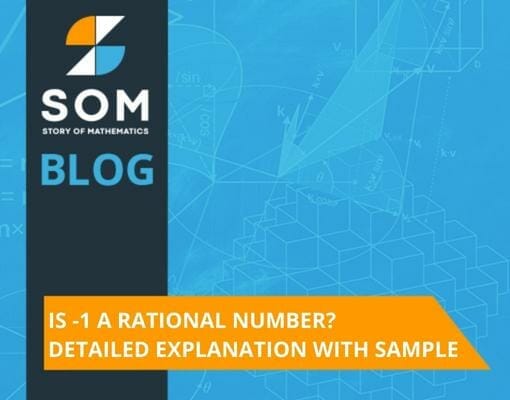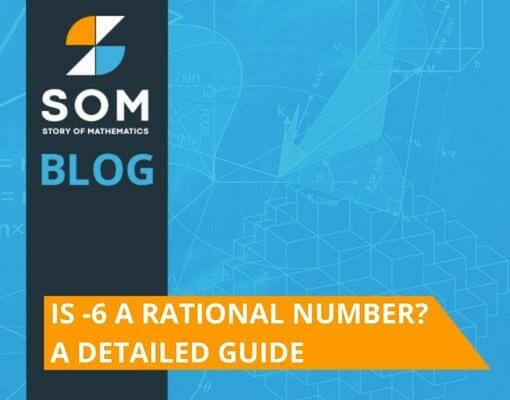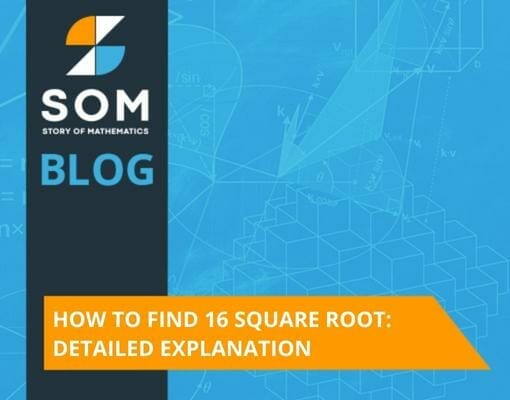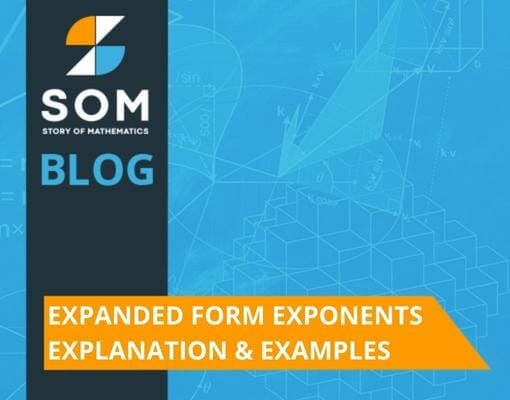Arithmetic shift and logical shift are essential operations in computer science for manipulating binary data. As I explore these bit-shifting mechanisms, let’s focus on how they fundamentally alter binary numbers. The arithmetic shift preserves the number’s sign by shifting bits left or right while filling in the vacated bit with the sign bit, effectively maintaining […]
Category Archives: Arithmetic
The sum of the arithmetic sequence starting with 3, increasing by 6 each time for a total of 36 terms, is a value that can be found using the arithmetic series formula. An arithmetic sequence is an ordered set of numbers where each term after the first is found by adding a constant, known as […]
To find the first term of an arithmetic sequence, you should first understand its definition. An arithmetic sequence is a series of numbers in which the difference between consecutive terms is constant, known as the common difference. If you’re given a term in the sequence other than the first, along with the common difference, you […]
To find the nth term of an arithmetic sequence, first understand that it is a series of numbers with a constant difference between consecutive terms. This difference is known as the common difference, denoted as ( d ). The formula to calculate the nth term $a_n$ of an arithmetic sequence is given by $a_n = […]
An arithmetic sequence is a series of numbers in which the difference between consecutive terms is constant. This difference is referred to as the “common difference,” and it can be positive, negative, or zero. In such a sequence, each term after the first is found by adding the common difference to the previous term. Mathematically, […]
The sum of the first 11 terms of the arithmetic series with the first term $a_1=-12$ and common difference $d=5$ can be determined using the arithmetic series sum formula. In an arithmetic sequence, each term after the first is found by adding the common difference to the preceding term. This characteristic leads to a predictable […]
The common difference in the arithmetic sequence 7, 3, –1, –5, … is –4. In any arithmetic sequence, the common difference is obtained by subtracting a term from the subsequent term. For clarity, if we take the second term, 3, and subtract the first term, 7, we get 3 – 7 = –4. If I […]
An arithmetic sequence is a series where each term increases by a constant amount, known as the common difference. I’ve always been fascinated by how this simple pattern appears in many mathematical problems and real-world situations alike. Understanding this concept is fundamental for students as it not only enhances their problem-solving skills but also introduces […]
To find an arithmetic sequence, I first identify the common difference between consecutive terms. This difference is constant and is denoted by (d). For any given arithmetic sequence, the (n)th term can be calculated using the formula $a_n = a_1 + (n-1)d$, where $a_1$ is the first term and (n) is the term number. Finding […]
Arithmetic and the geometric sequence are fundamental concepts in mathematics, featuring an ordered list of numbers where each term relates to its predecessor through a specific pattern. In an arithmetic sequence, the difference between consecutive terms is constant, such as in the series (5, 11, 17, 23), where each number increases by 6. Contrarily, a […]
To find a common difference in an arithmetic sequence, you should first identify any two consecutive terms in the sequence. The common difference denoted as $d$, is a key feature of an arithmetic sequence—essentially, it’s the constant amount you either add or subtract to any term to get to the next one. For example, if […]
Arithmetic is often seen as the foundation of mathematics, encompassing the basic operations of addition, subtraction, multiplication, and division with numbers. I understand mathematics as an expansive field that builds upon these fundamentals to explore more advanced concepts such as algebra, calculus, and geometry, delving deeper into the relationships between numbers, shapes, and quantities. As […]
Arithmetic and geometric are fundamental mathematical concepts that play a crucial role in various fields, from finance to computer science. When I discuss the arithmetic mean, I’m referring to the average obtained by adding a set of values and dividing the sum by the number of values. On the other hand, the geometric mean is […]
To find the sum of an arithmetic sequence, I first identify the common difference between consecutive terms. This is because the essential feature of an arithmetic sequence is that each term increases by a steady amount from the one before. With this common difference and knowing the first term, the sequence is completely defined. […]
This article aims to provide an in-depth exploration of the concept of ln(0), demystifying its nature, its undefined status in real numbers, and its implications within the field of mathematics. Delving into the mathematical fabric that constitutes this unique expression, we aspire to bring clarity and understanding to this compelling aspect of logarithmic functions. Definition […]
This article aims to demystify how to divide radicals, providing a clear, detailed guide on handling such operations. We’ll break down the rules, use illustrative examples, and provide insights illuminating the path to mastering this important mathematical skill. Defining How to Divide Radicals Radicals, or roots, are mathematical expressions that represent a particular “root” of […]
“Are Fractions Integers?” is a question that has probably crossed many minds, especially those beginning their journey in mathematics. Whether you’re a mathematics aficionado or a novice, this article promises to be an engaging and insightful exploration of these fundamental numerical concepts. Are Fractions Integers? No, fractions are not integers. Integers are whole numbers, both […]
In this article, we delve into the world of inequalities, uncovering the essence of the reverse triangle inequality, its proof, its real-world implications, and its connections to the broader mathematical landscape. Definition of Reverse Triangle Inequality The reverse triangle inequality, also known as the negative triangle inequality, is a theorem in mathematics that relates to […]
In this article, we will delve into the reasons for rounding the mean, the different rounding methods available, and the potential implications of rounding on data analysis and decision-making processes. Definition Rounding the mean refers to the process of adjusting the calculated average of a set of numbers to a specified degree of precision. The […]
Writing 0.44444 repeating as a fraction is equivalent to $frac{4}{9}$. You might be wondering how we arrive with $frac{4}{9}$ as the fraction equivalent to the decimal 0.44444, repeating terms. Follow our step-by-step guide to transforming decimals with repeating and nonterminating terms. Learn how to quickly convert this type of decimal with actual examples. Why 0.44444 […]
The “per” in mathematics means “for each” or “for every” and it is used to show a ratio between two quantities or elements. The term per is generally used when we want to compare two quantities, with one as a numerator and the second as a denominator. For example, when we talk about acceleration, we […]
Multiplying square roots is a fundamental concept in mathematics that involves simplifying and performing operations with expressions containing square roots. Whether you’re working on algebraic equations, geometry problems, or calculus applications, understanding how to multiply square roots is essential. The methods and guidelines for multiplying square roots will be covered in this article, along with […]
Welcome to the world of “factorial but addition.” or “factorial by addition.” This concept may not be as mainstream as its multiplicative counterpart, but it opens up an intriguing and lesser-explored dimension of mathematical analysis. In this article, we dive deep into this notion, unraveling its definition, properties, and potential applications. Defining Factorial but Addition […]
The phrase “closed under addition” is often mentioned when studying the properties and characteristics of different types of numbers. The closure property of addition highlights a special characteristic in rational numbers (among other groups of numbers). Knowing which set of numbers are closed under addition will also help in predicting the nature of complex quantities’ […]
In the vast expanse of mathematical techniques, the addition method emerges as an elegant and intuitive strategy to solve simultaneous linear equations. This article delves deep into the intricacies of the addition method, unraveling its mechanics, applications, and the nuanced beauty that underpins this mathematical mainstay. Whether you’re a seasoned mathematician or a curious novice, […]
In mathematics, few concepts possess the real number system‘s captivating power and profound significance. From the enchanting elegance of whole numbers to the mystifying infinitude of decimals, the real number system is the bedrock upon which mathematical analysis is built. While we may encounter real numbers daily, their true nature and remarkable properties often remain […]
Consider a number “$x$”; if it is represented in the form $x^{dfrac{p}{q}}$, then we will say it is a rational exponent. Here, “$x$” is the base while $dfrac{p}{q}$ is the exponent, which we can apply rational exponents’ properties or expressions. Exponents are represented in the radical form and we can apply the properties of rational […]
The conjugate of a square root is a novel concept waiting to be understood and explored while delving into the mathematics and navigating through an intricate labyrinth, where every turn reveals. By no means a stranger to mathematicians, engineers, or scientists, the notion of conjugates is fundamental in simplifying expressions and solving equations, particularly those […]
We can use the distributive property to remove the parenthesis in a mathematical expression by properly distributing the multiplication operation inside the parenthesis. The process of eliminating the parentheses using the distributive property is essential in solving many mathematical problems. This guide will help you understand the concept of the distributive property and how we […]
Yes, the number $-1$ is a rational number because we can write the number negative $1$ in $dfrac{p}{q}$ form. So, the question arises, “what is meant by $dfrac{p}{q}$ form?” “What is meant by “p” and what is meant by “$q$”?” In this article, we will study in detail what makes “$-1$” a rational number and, […]
Yes, the number $-6$ is a rational number because we can write it in $dfrac{p}{q}$ form. To answer the question “Is -6 a rational number?” we should first learn what is meant by $dfrac{p}{q}$ form. How can we write “$-6$” in $dfrac{p}{q}$ form, and what p and q in this fraction mean? In this complete […]
The square root of $16$ is $4$. The square root of $16$ can be written as $sqrt{16}$, as we know the square root symbol is $sqrt{}$ and the answer of $sqrt{16}$ is $4$. Solving the square root of any number is quite easy, and all you need to do is have a basic concept of […]
If we expand a number as a summation of individual digits multiplied by powers of $10$, then we call it the expanded form exponents. In this topic, we will learn how to expand any given number using exponents. We will cover integers as well as decimal numbers using many numerical examples. What Is Expanded Form […]

